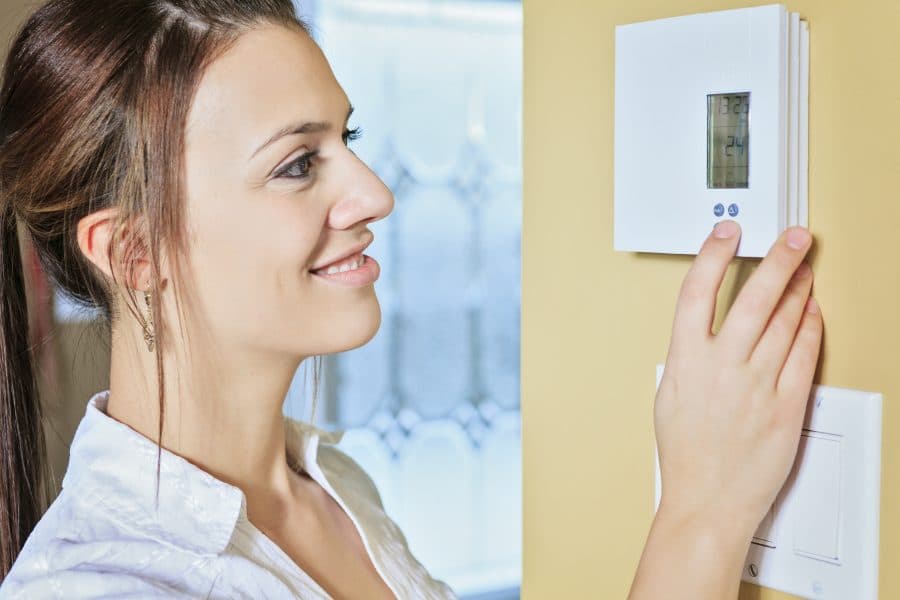
Manual thermostats are extremely basic. Typically, the only thing you can do with them is change the temperature in your home, alter your fan’s settings and switch between “heat” and “cool” modes. Some homeowners might enjoy the simplicity of manual thermostats and be a little weary about installing a more “complicated” model. But the truth is that a programmable thermostat can make your life easier, in addition to saving you some money. Today we’re going to help ease the transition by talking about what to think about when you’re switching from a manual to a programmable thermostat!
What to think about when you’re switching from a manual to a programmable thermostat
- Models come with different customization capabilities. Programmable thermostats allow you to plan your home’s temperature settings around your family’s schedule. Different models are available with different customization capabilities that you can choose depending on how predictable your family’s schedule is. If your schedule is relatively stable, a 5-2 model would work well because it allows you to have one set of settings during the week (5 days) and another set of settings for the weekend (2 days). If your schedule is less predictable, consider a 7-day model that allows you to have different settings for every single day.
- Your thermostat should be compatible with your system. Programmable thermostats are smarter than manual thermostats, and they can connect with some of your system’s add-ons like humidifiers or zoning systems. This also means that programmable thermostats are not “one-size-fits-all.” When you choose a new thermostat, make sure that it’s compatible not only with your furnace and air conditioner, but also with any extra features included in your system. Hydes is here to answer any questions you have about thermostat compatibility.
- Many features are available with programmable thermostats. As we mentioned above, manual thermostats typically only allow you to change your home’s temperature and airflow settings. Programmable thermostats can come with many more features that make them much more useful, such as touch screen displays, adaptive recovery settings and Wi-Fi capabilities. Wi-Fi programmable thermostats are particularly great because you can control them remotely and they can gather information from about temperature and humidity levels outdoors.
- Programmable thermostat can provide information about your system. The screens on most manual thermostats (if they have a screen at all) only display the current temperature in your home and your set-point temperature. Programmable thermostats, on the other hand, can display much more information on their screens, including reminders to change your filter, notifications about problems with your system, the current date and time, indoor humidity levels and more.
- “Set it and forget it” temperature settings. Of course, the best thing to keep in mind about switching to a programmable thermostat is that you don’t have to keep them in mind at all! Just program your desired temperature settings once and your thermostat will do the rest for you. You’ll always be able to override your typical settings, but most of the time your home’s comfort levels will be on autopilot.
If you have any questions about switching from a manual to a programmable thermostat, or if you’d like a heating and cooling system serviced or installed in your home, contact Hydes, your furnace and air conditioner installation and repair contractor in Indio, CA.















